This flavorful Beet Pasta Sauce is the perfect nightshade-free nomato sauce for pasta or whole grains, with a rich yet sweet and savory flavor. The bright pink sauce can be made with fresh or frozen beets in just 30 minutes, imparting a mild earthiness that also goes great with cooked whole grains.
If you like tomato-free sauces, also check out my red pepper pasta sauce and my creamy coconut milk pasta sauce.
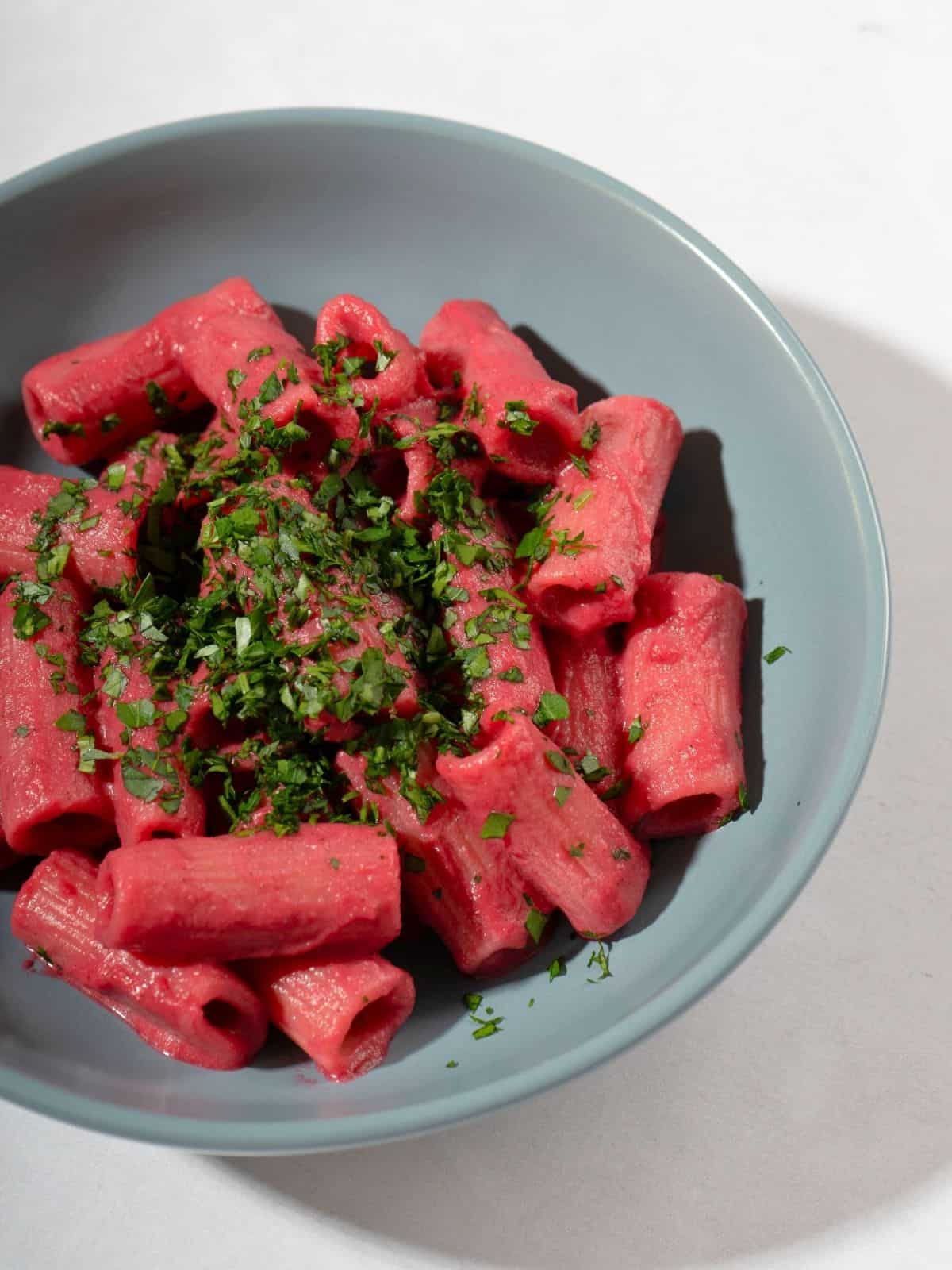
Jump to:
✔️ Why This Recipe is Great
Low Histamine Sauces: this beet sauce for pasta is also a great low histamine sauce for cooked whole grains and any shape of pasta; I highly recommend trying it on risotto or quinoa with a sprinkle of chopped parsley.
Quick to Make: this sauce is ready in less than 30 minutes, and ripe for freezing for future batches of pasta.
Use Up Extra Beets: this is a great way to use up any excess beets from a recent haul or CSA, or even a bunch you found in the back of the fridge that's about to start going bad. It's very versatile, and can also be used as a base for low histamine soups.
🧅 Ingredients

Olive Oil: you could also use avocado oil or any other tolerated low histamine oil.
Vegetable Broth: you can use any type of broth you'd like, but I enjoy either the homemade vegetable broth I keep in my freezer, or the Pacifica brand here in the US (tip: freeze any leftovers in ice cube trays, then transfer them into huge plastic bags for later use!).
Herbs: these add a lot of complexity to the flavor, though you can skip or swap them as needed with other low histamine herbs.
Sweet Onion: I highly recommend keeping in the onion, but if needed you can leave it out or swap it for shallots or any other type of onion you'd like.
Garlic: this is optional or can be swapped for garlic powder, if not tolerated.
Red Beets: you can use golden beets or any other types of beets in equal weights, but just be aware that it may change the flavor a bit. For low histamine, do NOT use canned beets, but you can use frozen beets (just don't refreeze the sauce if you're sensitive to chunkier or more watery textures).
Coconut Milk: this adds creaminess, but you can swap it for water or another creamy element, like heavy cream, if you'd like.
See recipe card for exact ingredients and quantities.
📝 Substitutions and Variations
- Oil: other than olive oil, you could also use avocado oil or any other neutral oil you tolerate (ideally one that's good at a medium to high heat).
- Broth: use a meat broth in place of the vegetable broth if you want it to be a meaty beet pasta sauce.
- Herbs: I use dried thyme and oregano here, but you can use equal amounts of whatever dried herbs you like and tolerate, such as rosemary, Italian seasoning, or even dried basil.
Without Red Beets - if the sauce still sounds good, but you can't tolerate or don't like red beets, you could also use golden beets or another mild vegetable like rutabaga or turnip (note that I haven't tried making a version with naything other than red beets).
Roasted Beet Sauce - for an extra dimension of flavor and sweetness, try wrapping the beets in foil and roasting them at 400°F (200°C) until fork-tender, after about 15 minutes, instead of boiling them.
🥣 How to Make Beet Pasta Sauce (Step-by-Step)
Step 1) Begin by preparing and then cooking your beets. Place the diced beet pieces in a large pot and fill it with enough water to just cover them (image 1). Bring to a boil, then lower the heat and simmer until the beets are tender, which should take about 20-25 minutes from the point that the water starts to boil.
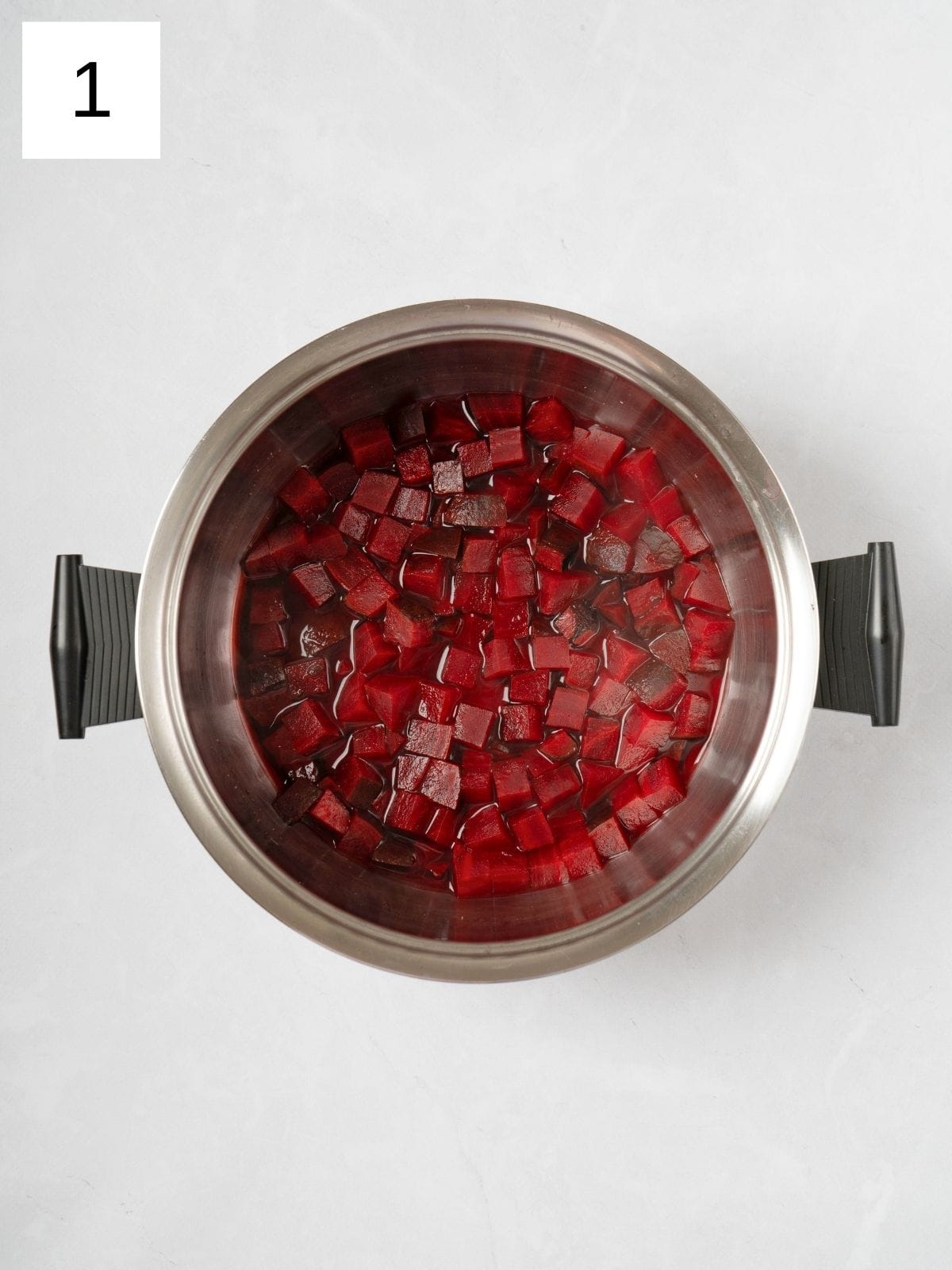
Step 2) In the meantime, we'll be preparing all the other ingredients. First, chop your onion, and heat the olive oil in a skillet over medium heat. Add your finely chopped onion and sauté until it becomes translucent (image 2), about 5 minutes. Add the minced garlic and continue to cook for another minute or two until aromatic, and then take it off the heat and set aside.
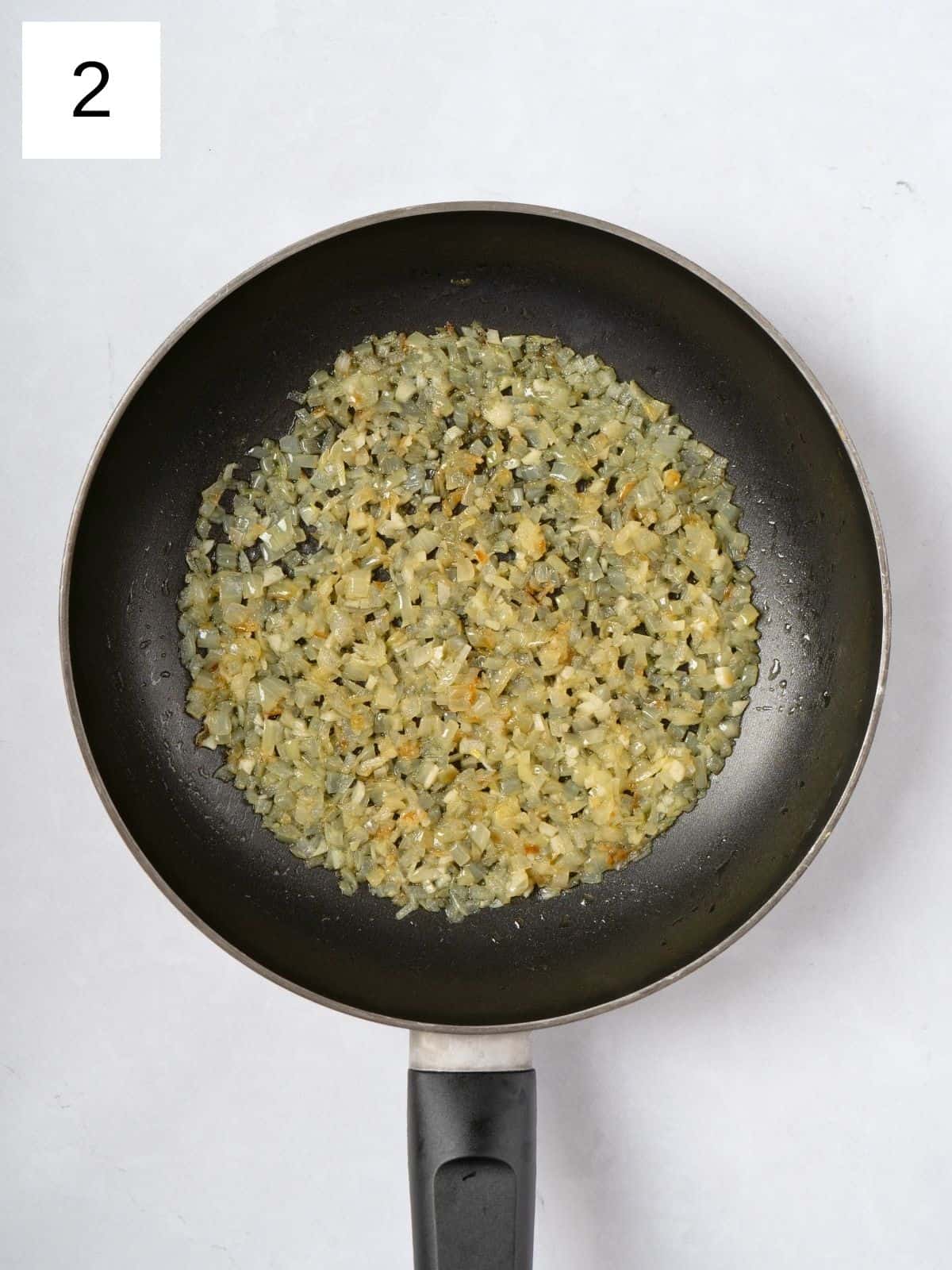
Step 3) Once the beets are cooked, drain them and transfer them to a high-powered blender. Add the sautéed onions and garlic, coconut milk (if using), vegetable broth, dried thyme and oregano, sumac (if using), and salt to the blender as well.
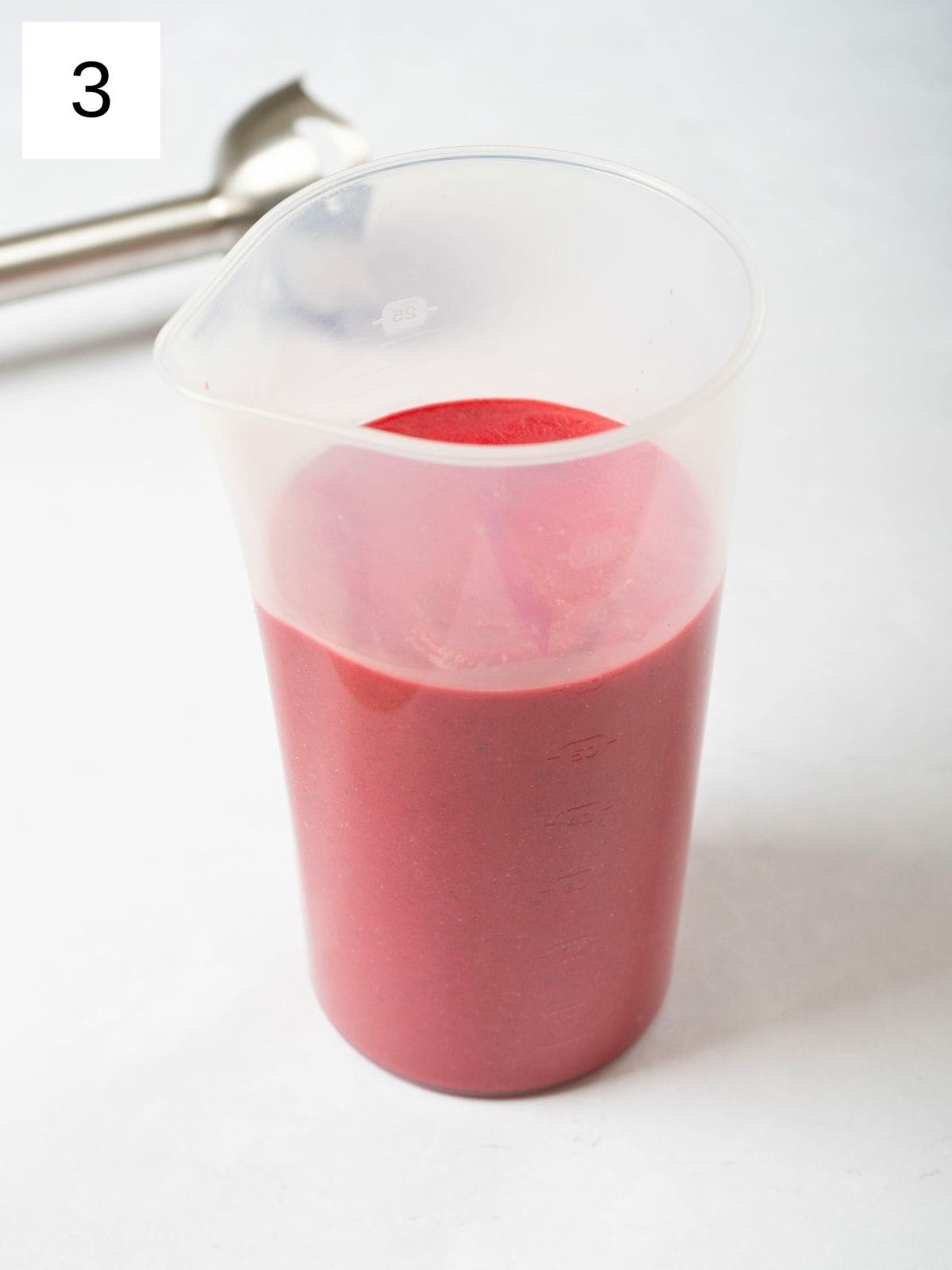
Step 4) Purée the ingredients until the mixture reaches a smooth, sauce-like consistency (image 3). If the mixture is too thick, you can add a bit more broth to thin it out.
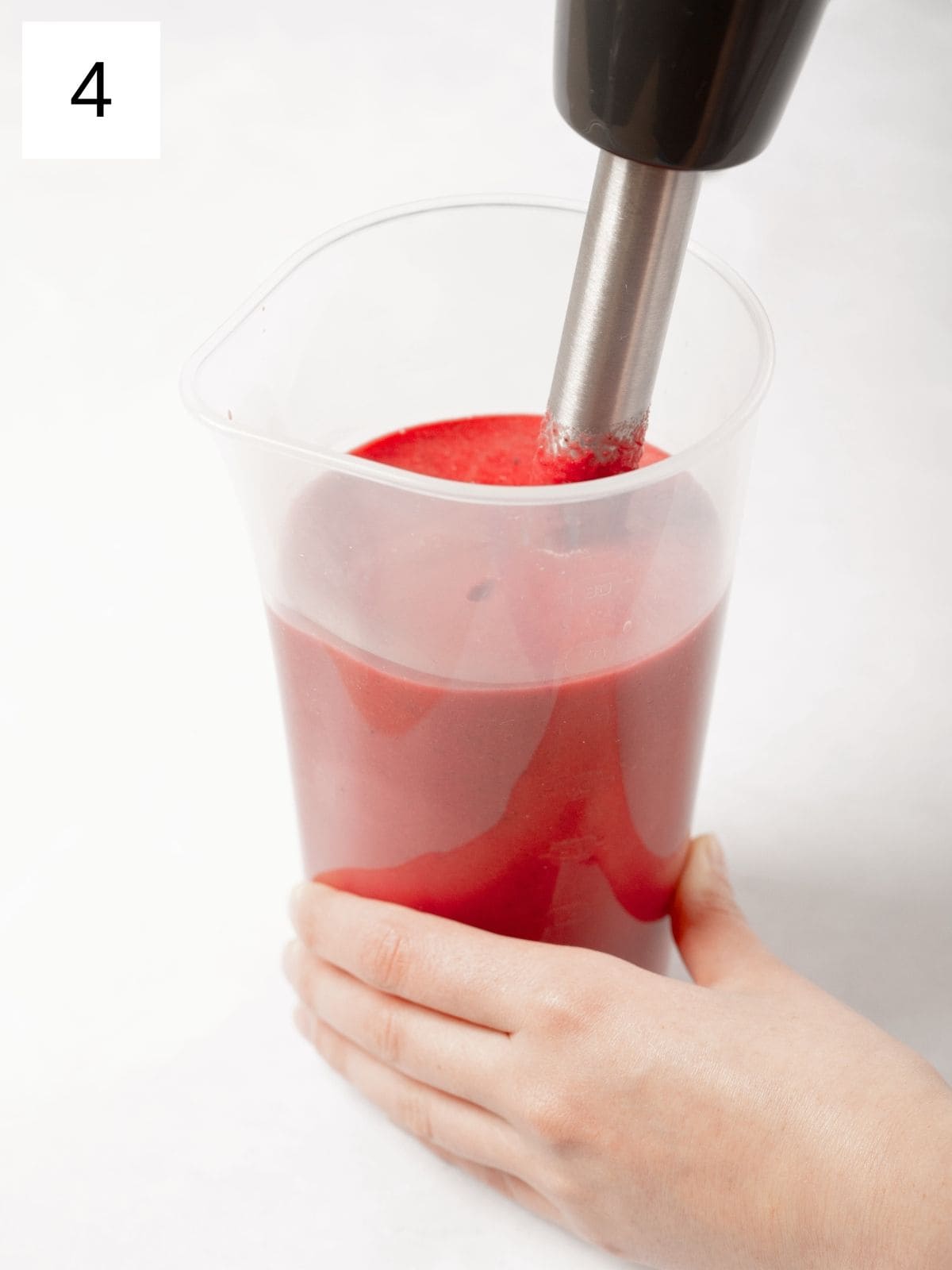
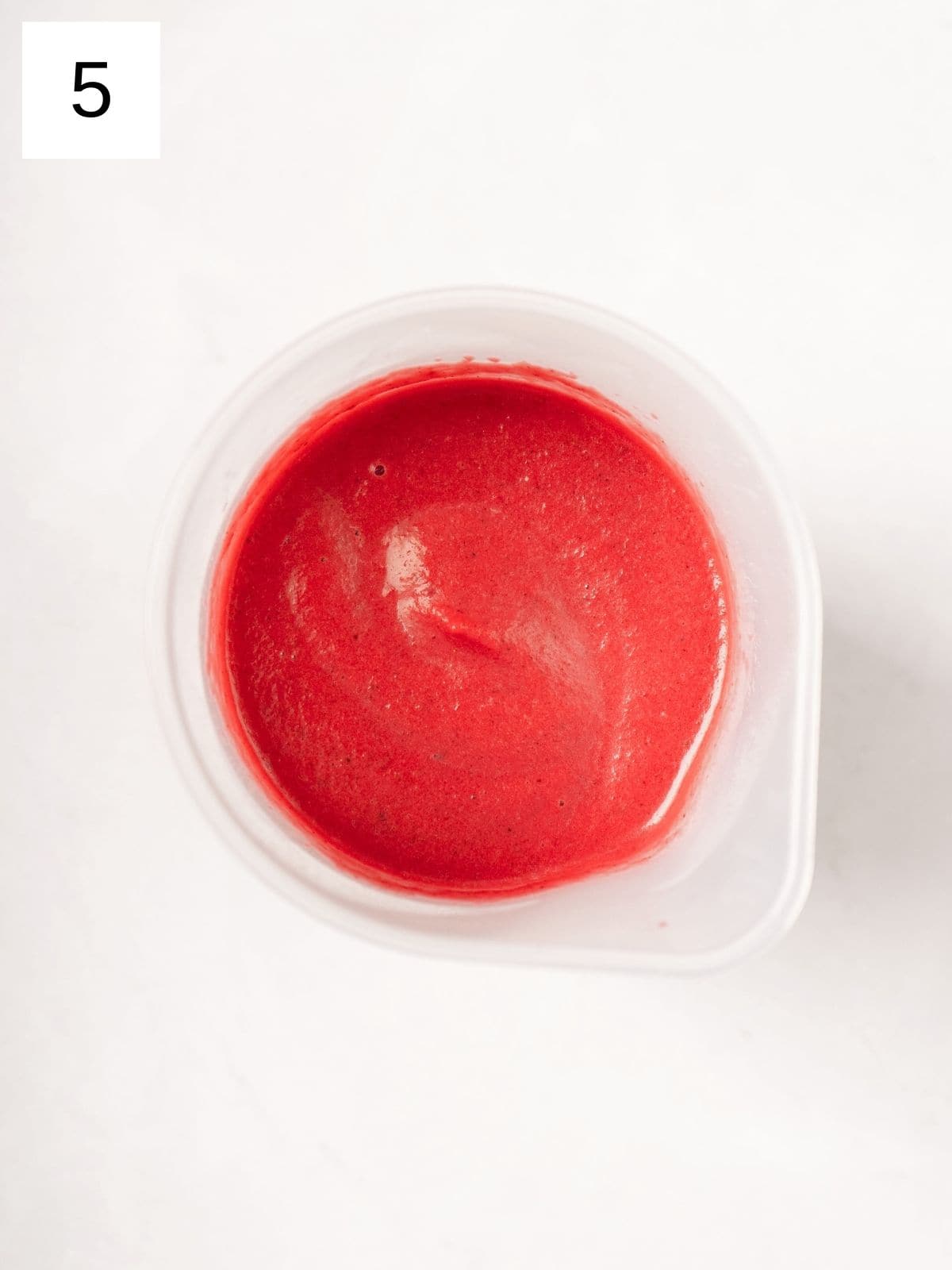
Step 5) Taste and season with more salt, if desired (images 4 & 5), then transfer the sauce back to the pot and reheat on low, stirring occasionally, until it's warmed through. Serve the sauce over your choice of cooked pasta, and garnish with freshly chopped herbs for an added touch of extra flavor and color.
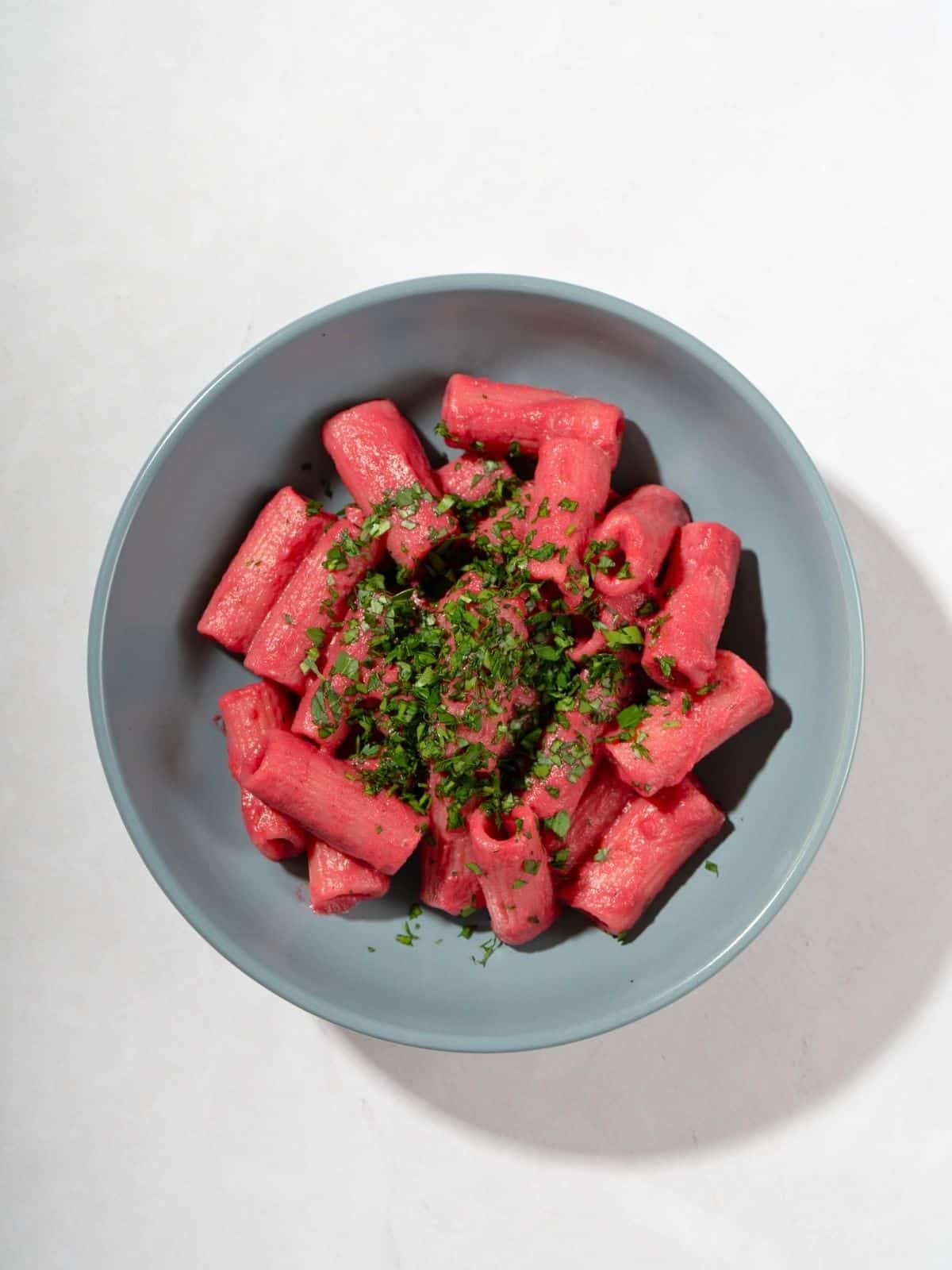
🥘 Freezing and Reheating
To freeze this beet pasta sauce, portion it into air-tight containers and keep frozen for up to 6 months, ideally in single servings to avoid refreezing it as you break off chunks to reheat.
Thankfully, even if it's been awhile since it was frozen, this vegan pasta sauce can reheat quite quickly. Even if the coconut milk separates (if used), it will all smooth out once fully reheated and stirred well.
Simply put the sauce into a pot or bowl and reheat for a few minutes over medium-low heat on the stovetop, or in the microwave on medium power for 1 ½ to 2 minutes.
👨🏻🍳 Expert Notes & Tips
Leaving Out the Coconut: if you're looking for an alternative to coconut milk to thicken the sauce, consider adding a small amount of oat flour or a slurry of cornstarch and water.
Using Beet Greens: beet leaves are edible and nutritious - if you have them, consider chopping them up and sauté them as a side dish or stir them into the pasta for extra greens.
Avoiding Pink Fingers: beets are notorious for staining, so use caution when handling them. Wearing gloves and an apron can help keep stains at bay (hard-won lessons from making turmeric paste at home!).
❓ What to Serve With Pink Pasta
🙋 Frequently Asked Questions
Absolutely! Frozen beets, whether cubed or whole, can be boiled just like the fresh kind, but willneed much less cooking time before they're sufficiently softened and sweet.
Steaming beets is a healthful cooking method because they retain most of their vitamins and minerals, though boiling is comparable for retaining nutrient content, and stay an incredibly vibrant red color.
Yes, you can eat beet greens; they're highly nutritious and can be prepared similarly to other leafy greens, like baby kale or swiss chard. Beet greens can be sautéed, steamed, added to salads, or incorporated into dishes such as soups and stews, adding a sweet and mildly bitter flavor that absorbs seasonings remarkably well.
Beetroot pairs well with a variety of more strongly-flavored ingredients which help balance it out, including goat cheese, lemon juice, and earthy herbs like thyme or rosemary, and even mild nuts or seeds. It can be roasted, pickled, or used in salads for a sweet and earthy component, though opt for fresh beets when possible, for the lowest histamine content.
📖 Recipe

Beet Pasta Sauce (Without Nightshades)
Equipment
- large pot
- blender or immersion blender
Ingredients
- 2 large red beets ~400g, peeled and diced
- 2 tablespoons olive oil
- 1 medium onion ~120g, finely chopped
- 3 cloves garlic ~12g, minced
- 1 cups vegetable broth
- ½ cup coconut milk or coconut cream alt. more vegetable broth
- 1 teaspoon dried oregano
- ½ teaspoon dried thyme
- 1 teaspoon sea salt more to taste
- ½ teaspoon sumac optional, for tang
- Fresh herbs like parsley or chives chopped (optional, for garnish)
- Squeeze of fresh lemon juice optional, if tolerated
Instructions
- Begin by preparing all of your ingredients, and then cooking your beets. Place the diced beet pieces in a large pot and fill it with enough water to just cover them. Bring to a boil, then lower the heat and simmer until the beets are tender, which should take about 20-25 minutes from the point that the water starts to boil.
- In the meantime, we'll be preparing all the other ingredients. First, chop your onion, and heat the olive oil in a skillet over medium heat. Add your finely chopped onion and sauté until it becomes translucent, about 5 minutes. Add the minced garlic and continue to cook for another minute or two until aromatic, and then take it off the heat and set aside.
- Once the beets are cooked, drain them and transfer them to a high-powered blender. Add the sautéed onions and garlic, coconut milk (if using), vegetable broth, dried thyme and oregano, sumac (if using), and salt to the blender as well.
- Purée the ingredients until the mixture reaches a smooth, sauce-like consistency. If the mixture is too thick, you can add a bit more broth to thin it out.
- Taste and season with more salt, if desired, then transfer the sauce back to the pot and reheat on low, stirring occasionally, until it's warmed through. Serve the sauce over your choice of cooked pasta, and garnish with freshly chopped herbs for an added touch of extra flavor and color.

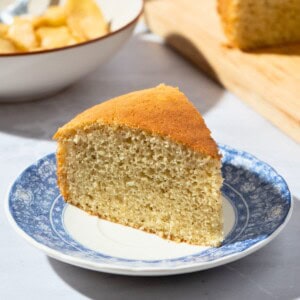











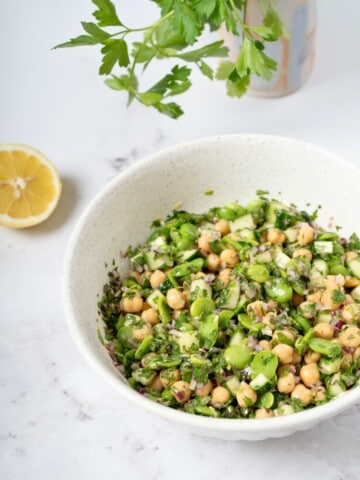
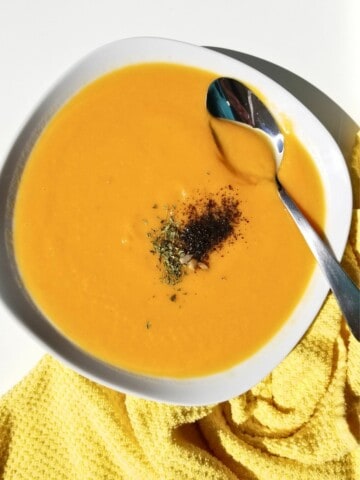
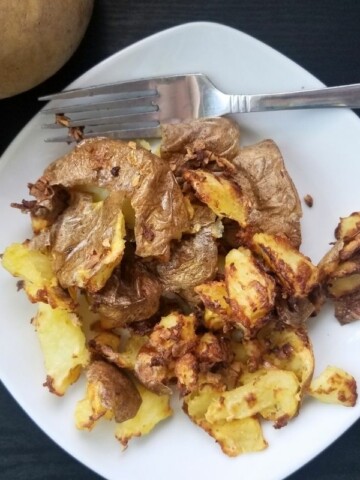


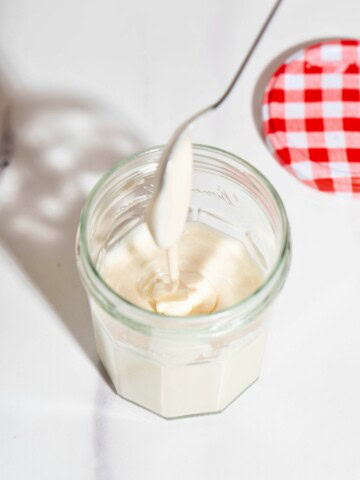

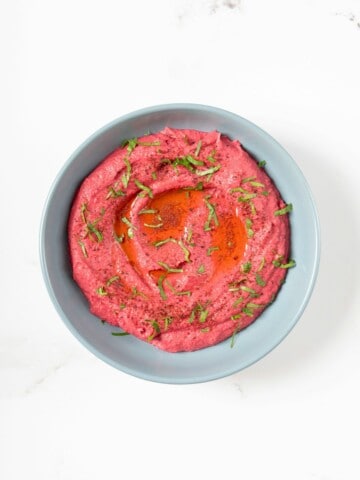
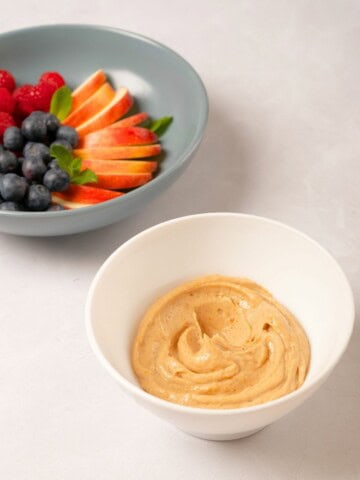
Jenni says
I just tried this for the first time. It's so tasty! I'll certainly be making a bigger batch to freeze. Thank you 🙂
Max says
Thank you for the kind words, Jenni! It's very popular in our house, as well (and goes surprisingly great with pesto, if you don't mind the brownish color it ends up at!).